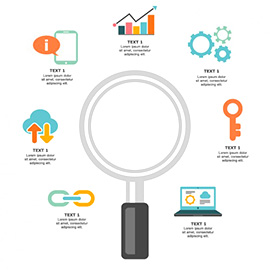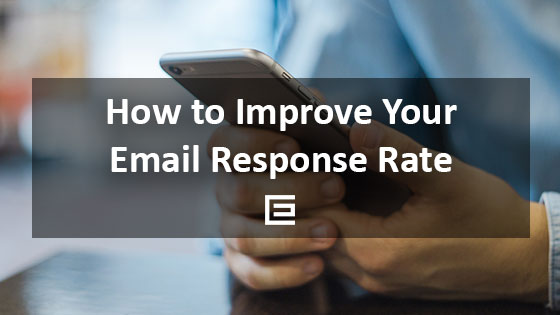Server response codes are a way to indicate what could be going on to cause a site to be inaccessible at any given time.
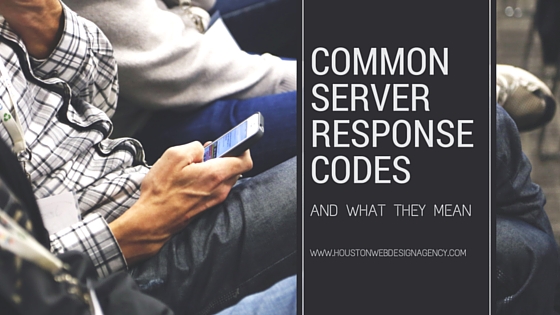
There are a variety of types of response codes, so it’s important to be familiar with them to best determine how to proceed when presented with one.

So What is a Server Response Code Exactly?
When you request to view a site, your device (phone, tablet, or computer) “talks” to the server that it is pulling the information from. The server then sends your device a response code, usually 100 for Continue, until your device can display the website in full. At that point, the server will send your device another response code. If the website loaded successfully, that code will likely be 200, or OK.
Why are Response Codes Important?
They allow you to understand why a certain web page is unavailable, whether it’s because the page itself is missing or the server can’t handle the amount of traffic it’s being hit with at a given time. These codes are usually hidden from visitors, except for the ever-common 404-error page, based off of the 404-error code.
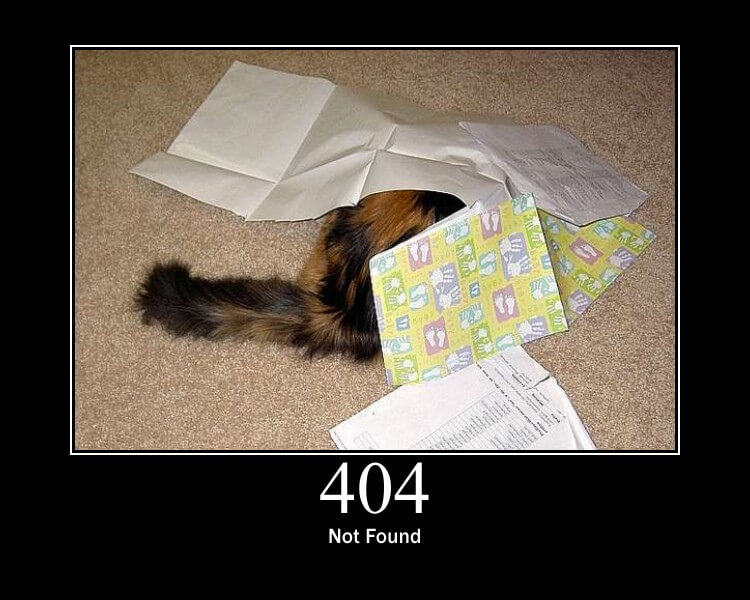
Common Types of Server Response Codes
The 404-error is pretty common, albeit not ideal. However, there are plenty of other types of response codes that every internet user should also be familiar with, including:
200 – OK: The server recognized the web page and it was loaded successfully
301: Moved: The web page was redirected from its original URL successfully
302: Found: The web page was temporarily relocated to a different URI and has been found
403: Forbidden: The server does not have permission to display the web page
404: Not Found: The requested web page could not be located
408: Request Timeout: The timing on the web page request has taken too long and expired
500: Internal Server Error: Something (generic) has happened with the server and it cannot load the requested page
503: Service Unavailable: The server itself is unavailable, likely because it’s experiencing too much traffic or it’s down for maintenance
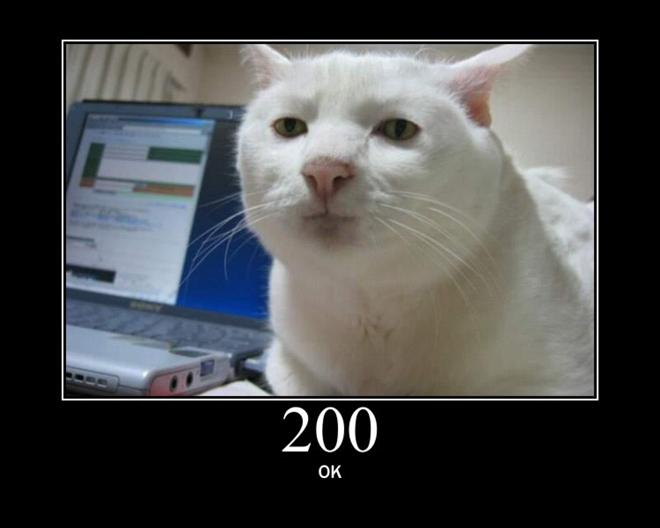
There are tons of server response codes to help you determine any issues that may be happening with your server or the web pages that are being requested. They are a part of every website, so anyone that is involved in the web design process (even business owners who are buying a new website) should at least be familiar with them!
Houston Web Design Professionals
If you have any questions about server response codes and what they mean for your website, call our Houston web design pros at (800) 440-6190 or fill out our contact form to receive more information and a free consultation.




